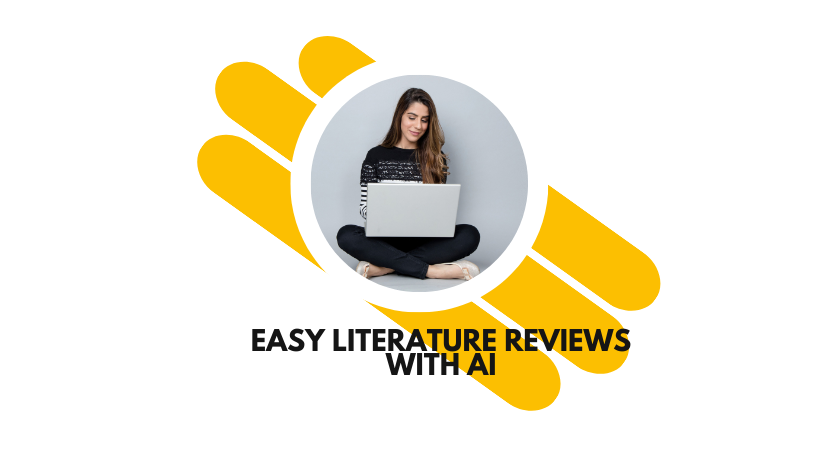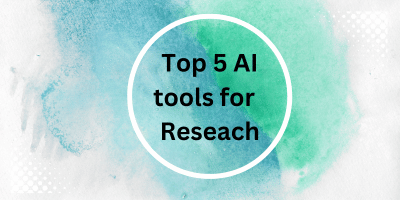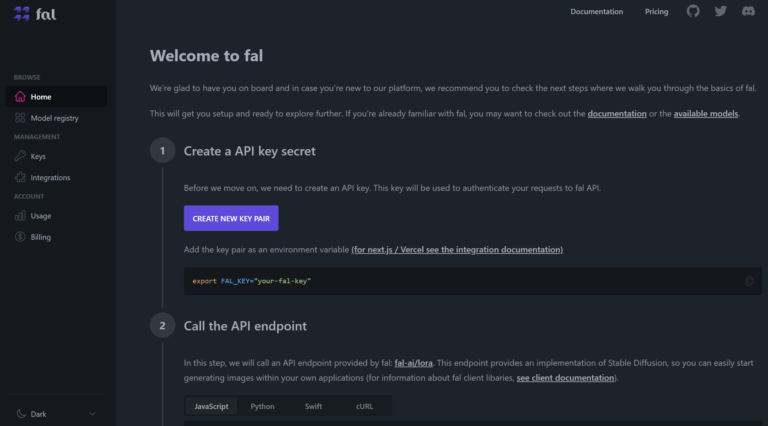Quick and Easy Literature Reviews with AI
If you’re using a computer or phone in 2024, you’ve probably seen how AI (Artificial Intelligence) is changing everything around us. It’s like what was once done by hand in academic research. This includes reviewing literature, collecting data, and putting it all together. Now, AI tools are helping with these tasks. These tools save a lot of time and make research easier. If you’re ready to use AI to make your research easier, let’s dive into how you can use AI to do literature reviews today.
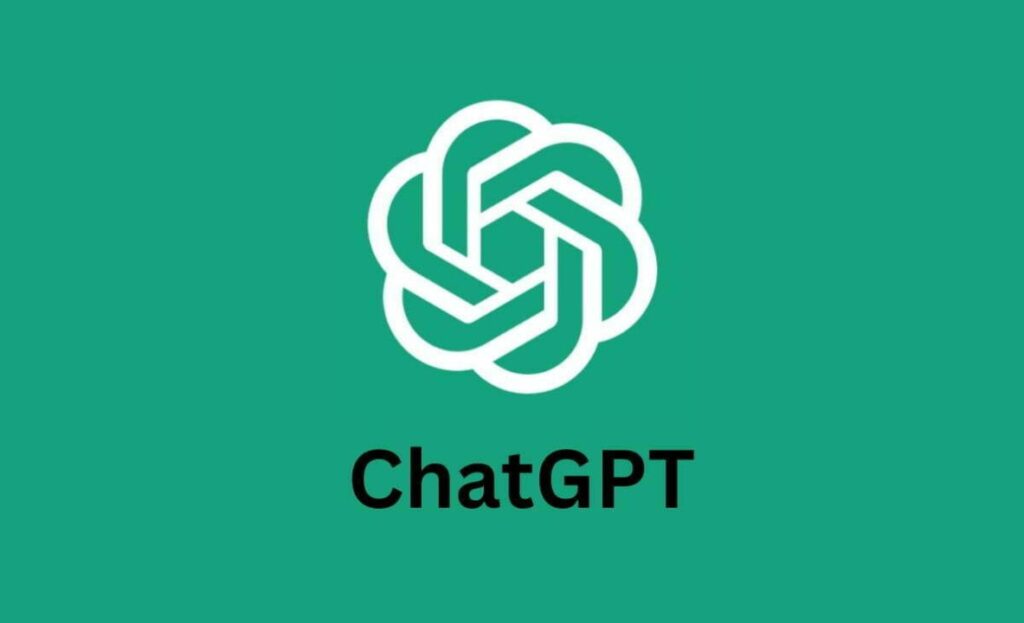
The Beginning: Structuring with AI tools like ChatGPT
The first step in any literature review is to set up a clear structure. AI, particularly platforms like ChatGPT 3.5 or ChatGPT 4, is incredible at this initial stage. It helps create a well-organized outline. It includes sections like the introduction, background, and the latest field advances. This structure is the foundation of a thorough literature review. In this process you will understand what you to find and what you need to search.
Transferring the Structure to a Document
You have your structure from ChatGPT or your own planning. Now, put it in a word processor. You can use programs like Microsoft Word, Google Docs, or WPS Office. This step is key for keeping your literature review neat. It ensures a seamless flow from one section to the next.
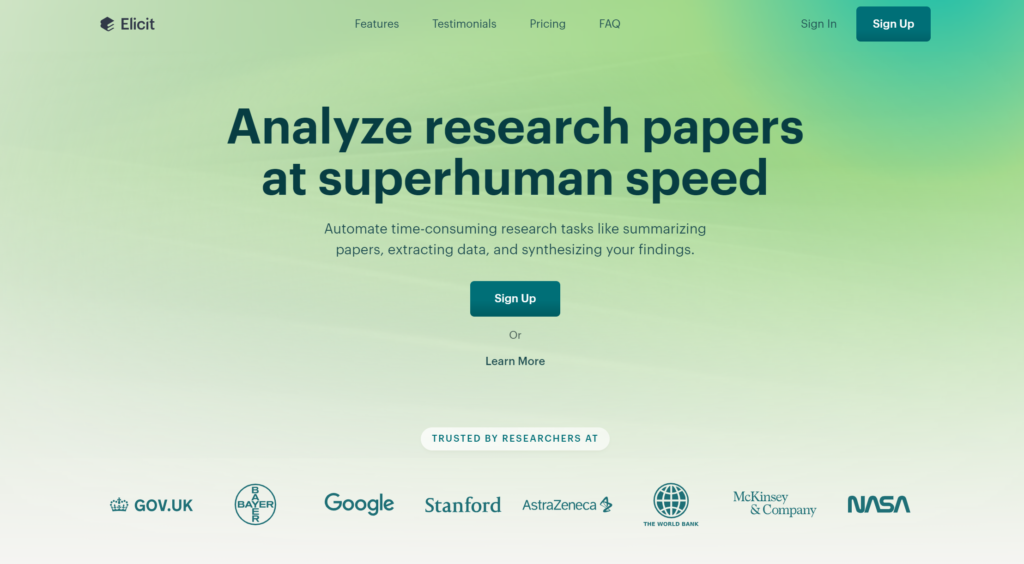
Gathering Literature with Elicit
The process is exciting. This is especially true when you start gathering literature with AI tools, such as Elicit. It takes your structured outline. It uses it to find recent research papers. This ensures you have the best resources for your study.
Elicit enhances this process by conducting searches through the Semantic Scholar database. It doesn’t use keywords. It looks at any word in the articles. This gives it a broader search capability. It’s better than traditional databases like Google Scholar or library databases. Elicit then lists the top eight most relevant sources based on your query. You can filter and sort them as needed. What sets Elicit apart is its ability to dive deep into articles. It gives researchers access to detailed information, not abstracts or titles. This feature ensures that you can find the exact literature. It will match your outline and research needs.
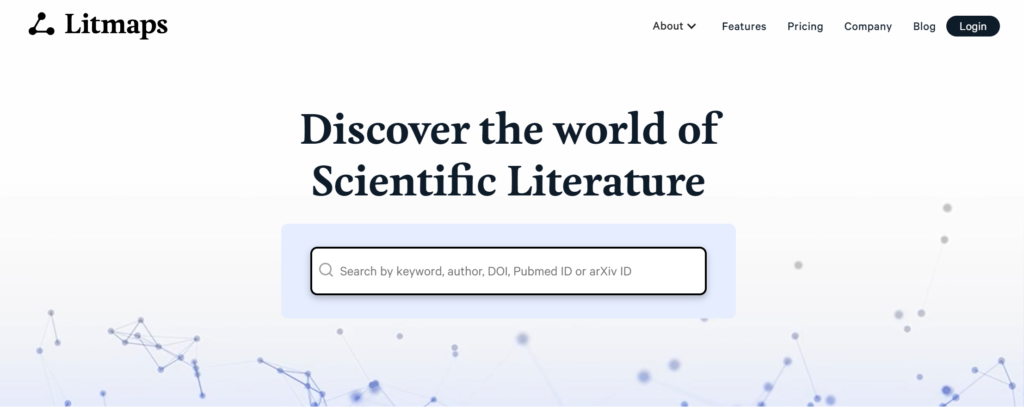
Analyzing the Seed Paper with Lit Maps
Choosing a seed paper can unveil crucial insights. Use AI tools like Litmaps to explore related research. This method helps find works closely related to your study. It ensures your literature review is comprehensive.
Litmaps begins its analysis with a “seed article” chosen by you. This article creates a seed map. It shows the citation network around the seed article. This includes both the works cited by the seed article and those that cite it. It uncovers a web of connected literature. The visualization has nodes (representing articles) and lines (showing relationships). Mark the seed article for easy identification. You can customize the map to your needs by changing layout settings. For example, you can adjust node sizes based on citation counts. This helps show the seed article’s influence. It also reveals surprising connections across different study areas. This strategy is key to helps find important works.

Managing References with Mendeley
For keeping references in order, tools like Mendeley are essential. They help you keep all your sources well-organized and nearby. This is vital for a smooth workflow during the literature review.
Mendeley makes managing references efficient with several standout features. You can enter reference data manually or upload PDFs. Mendeley will fill in the details. Its web importer tool makes it easy to add online resources to your Mendeley library. Additionally, you can use Mendeley’s search engine to discover relevant journal articles. Inside Mendeley, you can organize references into collections (like folders). You can tag them for easy filtering and mark them as favorites for quick access. The platform also allows for notes on individual resources. They significantly improve your ability to manage and review your literature.
Ethical Considerations in Research
It’s essential to conduct research ethically, avoiding the use of unauthorized sources. Focusing on legally accessible materials ensures your research integrity remains intact.
Interactive Reading and Note-Taking
As you go through the selected papers, taking detailed notes is crucial. This helps you understand the material better. It also helps you integrate these findings into your review well.
Summarizing with AI
AI tools can also summarize your literature. This makes it easier to to combine and refer to key findings. It thus improves your review’s quality.
The Importance of Specificity
Being specific with your queries helps AI tools a lot. It makes the results more relevant and higher quality. Tailored approach. It ensures that the literature you gather applies directly to your research.
The Iterative Process
Apply this method to each section of your review. Keep refining your search for relevant literature. This is key to making a comprehensive and insightful review.
Continuous Learning Beyond the Review
Expanding your knowledge through academic newsletters, e-books, and forums is also beneficial. These resources can provide valuable tips and insights on academic writing and research.
The Impact of AI on Academic Research
Incorporating AI into literature reviews is revolutionizing academic research. It’s not about making it faster. It’s about improving the research’s quality and depth. AI tools are evolving. They promise to open new prospects in many fields, including organic photovoltaics.

